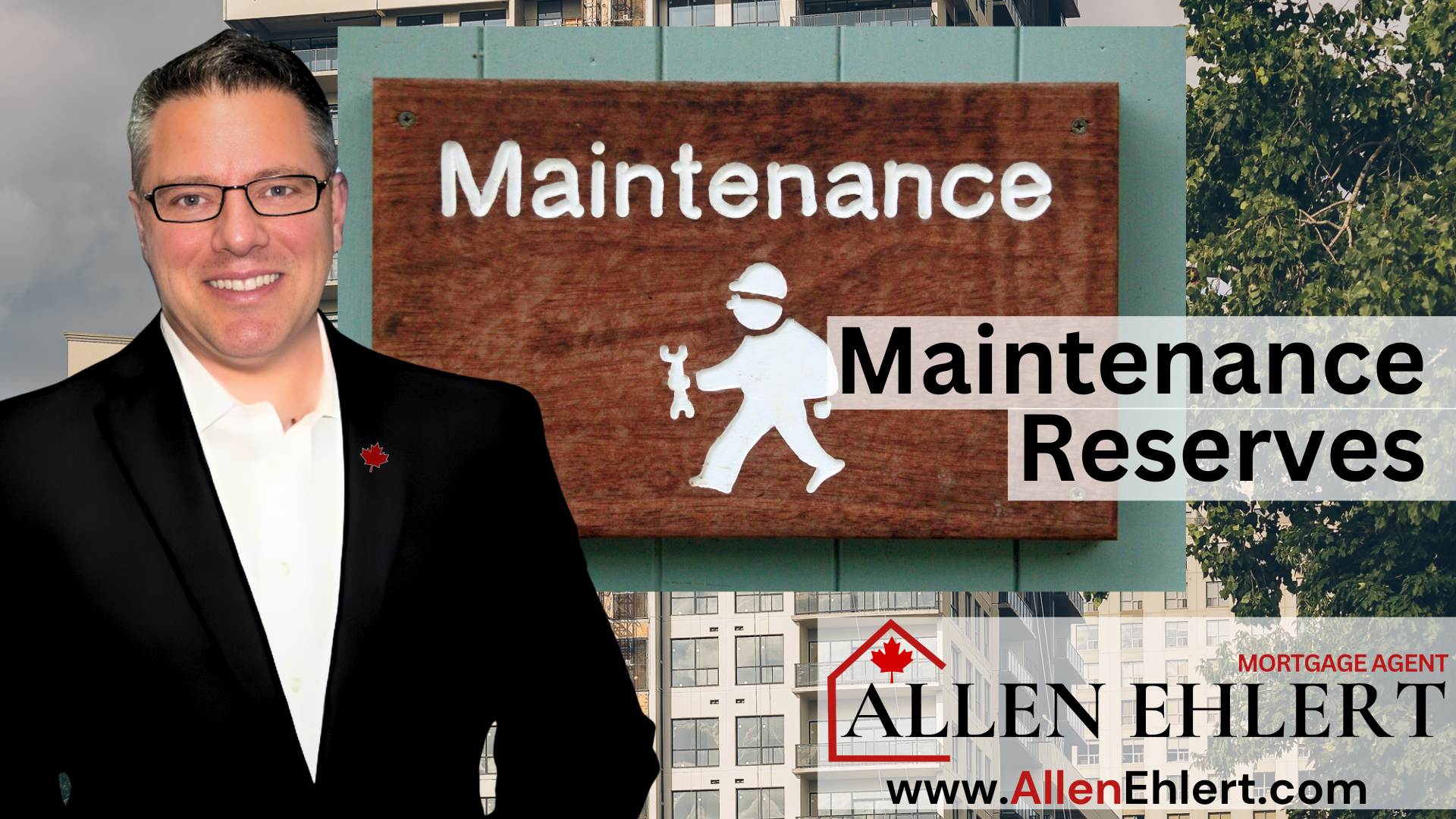You know how it goes. You walk into a bank, they greet you with a smile, and before you know it, you’re pre-approved, papers in hand, and ready to sign. The banker casually mentions, “Oh, and your mortgage will be registered as a collateral charge—that’s just how we do things now.”
You nod politely, assuming that’s normal. After all, it’s the bank. Surely, they’ve got your best interests at heart, right?
Well… not always.
In this article, I’ll break down why Canada’s major banks almost exclusively use collateral charge mortgages, what that means for you, and how to protect your flexibility down the road.
Topics I’ll Cover:
What Is a Standard Mortgage (and Why It Used to Be the Norm)
What Is a Collateral Mortgage (and Why Banks Switched)
Why Big Banks Love Collateral Charges
A Story: The Homeowner Who Couldn’t Switch
How Realtors and Clients Can Use This Knowledge
What Is a Standard Mortgage (and Why It Used to Be the Norm)
Once upon a time, almost every Canadian mortgage was a standard charge.
A standard mortgage is registered on your home’s title only for the amount you actually borrow.
So, if your mortgage is $500,000, that’s exactly what’s registered.
Here’s the beauty of it:
- When your term is up, you can transfer or “switch” your mortgage to another lender with no legal fees.
- The new lender simply “takes over” that registration.
- You keep your flexibility, your freedom, and your negotiating power.
These are the mortgages you’ll still find through monoline lenders—companies that deal exclusively through mortgage agents—such as:
- First National
- MCAP
- RFA
- CMLS Financial
- Merix Financial
- Equitable Bank
These lenders keep things simple and transparent.
What Is a Collateral Mortgage (and Why Banks Switched)
Now, here’s where the game changed.
A collateral mortgage is registered for more than what you actually borrow—often up to 125% of your mortgage amount.
So, if you borrow $500,000, your bank might register a $625,000 charge against your property.
They’ll say, “It’s for your benefit! It gives you flexibility to borrow more later without paying legal fees again.”
Sounds good, right?
But here’s the fine print:
That “extra room” is not automatic borrowing power. It’s only potential. You can’t access a cent of it unless your home’s value increases and your lender re-approves you.
Meanwhile, your mortgage becomes non-transferable. You can’t just switch lenders at renewal without hiring a lawyer, paying discharge fees, and registering a brand-new mortgage.
That means the bank just made it harder—and more expensive—for you to leave them.
Why Big Banks Love Collateral Charges
Let’s be real—banks didn’t make this change for fun. They made it for strategy.
Here’s what they gain:
| Bank’s Advantage | What It Means for You |
| Client retention | You’re “sticky.” Harder to leave, easier to keep. |
| Cross-collateralization | The bank can secure other debts (credit cards, lines of credit) under the same umbrella. |
| Priority on title | They block other lenders from taking a second position. |
| Easy re-advances (for them) | If your home value rises, they can offer new products under the same registration—no new legal fees. |
From the bank’s point of view, it’s brilliant. From your point of view—it’s a leash with a bow on it.
The 80% Loan-to-Value Reality
Now let’s cut through the marketing spin.
Even though your mortgage is registered at 125%, you can’t actually borrow that much.
Federal regulations cap secured borrowing on a home at 80% of its appraised value (unless it’s CMHC-insured).
So if your home value doesn’t rise, that extra “registered room” means nothing. It’s just empty space on paper.
The bank gets a stronger claim on your property, and you get… well, not much.
A Story: The Homeowner Who Couldn’t Switch
Let me tell you about Jake and Marissa, a young couple in Oshawa.
They bought their home through a big bank, thrilled with their 5-year fixed rate. Their banker told them, “We’ll register it as a collateral charge—it gives you flexibility!”
Fast-forward five years. Rates had dropped, and another lender was offering them a full percentage point lower.
They were ready to switch—until they learned their collateral mortgage couldn’t be transferred.
They’d have to pay around $1,200 in legal fees to discharge and re-register their mortgage with the new lender.
Suddenly, the savings didn’t look so big. They renewed with the same bank.
Jake told me, “We thought we were getting freedom. Turns out, we signed up for a cage.”
How Realtors and Clients Can Use This Knowledge
For Realtors:
This is your chance to shine as a trusted advisor.
When you hear a client say they’re working directly with a bank, ask:
“Do you know if your mortgage will be a standard or collateral charge?”
Encourage them to check before they sign. Helping them understand this can save them future headaches—and builds your reputation as someone who truly looks out for clients.
For Clients:
Before signing that mortgage:
- Ask your lender what type of registration it is.
- Ask if you’ll be able to transfer it at renewal.
- Get the answer in writing.
A few questions today can save you thousands later.
Allen’s Final Thoughts
Collateral charge mortgages aren’t evil—they’re just lender-friendly. They make sense if you’re planning to borrow more later, refinance often, or if your home’s value is expected to climb.
But if your goal is to stay flexible, shop for better rates, and keep control of your mortgage, a standard charge is almost always the smarter choice.
Here’s the truth:
The 125% registration doesn’t mean more money for you—it means more control for your bank.
If your home value doesn’t rise, that “extra flexibility” is just a nice story on paper.
How I Can Help You
As your mortgage agent, I’m here to put your interests first.
Here’s how I can help:
- Identify your current mortgage type and explain exactly what it means for your future options.
- Compare lenders so you can choose between standard and collateral structures confidently.
- Negotiate better renewal or refinance terms, even if you’re currently with a big bank.
- Educate your realtor partners so they can spot and explain these nuances to their clients.
Whether you’re a homebuyer, homeowner, or realtor, I’ll help you navigate the fine print the banks don’t talk about—so you can keep your financial power where it belongs: in your hands, not theirs.












